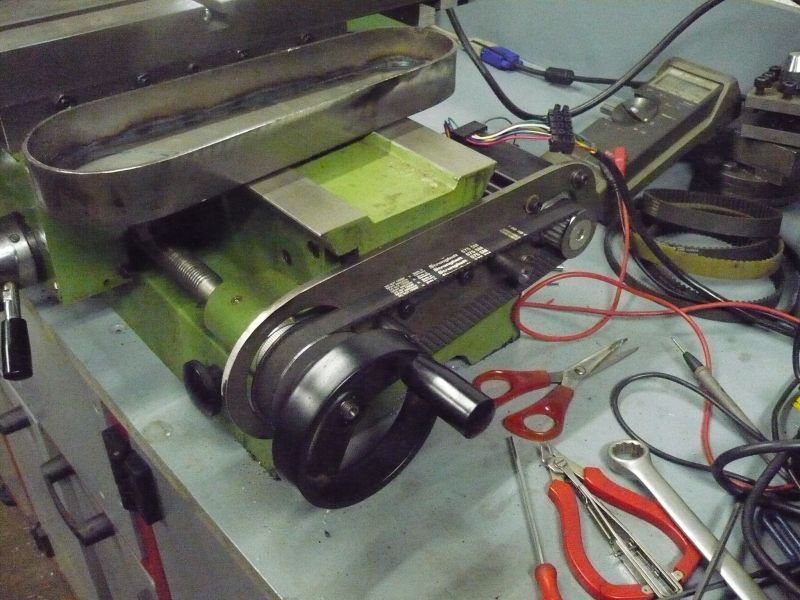Neil,
There is a massive world of fountain pens, and the largest online community is the Fountain Pen Network at http://www.fountainpennetwork.com (FPN). I am a moderator there and go by the name 'richardandtracy' (same avatar), with particular responsibility for the 'Pen Turning and Making' forum. There you will see many pens made without kits.
You can go direct to kitless pens, but there are a surprising number of details that need to be bourne in mind at the same time. At the minimum you need a nib unit (which consists of a nib, finned feed to regulate the ink's flow and friction fit housing which is threaded on the outside and has a cartridge spigot already built in) and a cartridge convertor to hold the ink from a bottle and then machine everything else to suit. The best nib units available to custom pen makers come from Bock or JoWo in Germany (they also make nib units for almost all the Italian pen manufacturers and the remaining British ones such as Onoto and Conway Stewart). Unfortunately their minimum order quantity is very high, and the only UK based re-seller is John Sorowka (user name 'oxonian' on FPN) . Other re-sellers tend to be in the US, and you end up paying quite a bit more than from John. The nib unit needs to be put in a 'section' with a difficult thread (M7.4×0.5 for JoWo and something equally awkward for Bock). Then the section screws into the barrel. I use a 3/8 x 26 TPI BS Cycle thread, though it is a bit coarse. Then the barrel is shaped & the cap screw thread mates on the barrel. This thread has more flexibility, but is ideally a multi start thread. I have bought an M12x2.4 triple start thread tap & die from the US as my lathe is missing my preferred 3mm pitch gear wheels – and I have not yet suceeded in making an acceptable thread in anything using the lathe.
I would advocate that you do NOT try to make a nib. It is possible by brazing a ruthenium pellet to a gold substrate, then slitting the nib with a 0.001" saw, and finally grinding the tip, but it really isn't worth the effort. A really good stainless steel nib will cost less than £10.
As for using wood in a kitless pen, I have to say I wouldn't advocate it as the main material for your first pen – but later on, yes it's possible. The ink needs to be kept well away from the wood otherwise it will stain. To prevent this you need to use a lining inside all the areas that may come into contact with the ink, preferably with a plastic that can be threaded for the critically loaded threads between the cap/barrel and section/barrel. Delrin is a good plastic to use, but acrylic or a good pipemaking hard rubber can be used too. A note about hard rubber. It is a surprisingly good & durable pen material. The oldest pen in my collection dates to about 1915 and is perfectly usable (infact I use it every few weeks), having a body of black hard rubber and a gold nib.
Metal pens are heavy, and almost all metals corrode to some extent when in contact with inks. Even modern inks (which are less corrosive than old ones) can vary from Ph 2.1 to 9.5 depending on the maker & colour. That is why it's a good idea to have a plastic liner in contact with the ink – like a nib unit mentioned above. Otherwise, try your first pen from alumium or brass. The chances are you'll have some in stock, and first pens always have areas that could be improved so it's not sensible to make your first pen from some precious material be it wood, silver or gold!
Through sheer bloodymindedness I do not use a nib unit. I machine my sections so that the nib and feed friction fit inside the machined plastic section (the bore needs to be different depending on section shape and stiffness and may vary between 6.1 and 6.3mm for a nominally 6mm diameter feed). Then I also machine a 2.5mm diameter spigot on the other side of a bulkhead with a 1.5mm diameter hole through the middle so that this forms the spigot required for a cartridge. The tool I use is a very simple home made silver steel rose cutter, though I hope to get and end mill with a 2.5mm hole in the end made soon, as my rose cutter melts the plastic if I cut more than 0.05mm between applications of coolant (melting at 80C) – and the spigot length is 3mm, so 60 cuts are required. I cannot use external coolant to any effect as the plastics insulate very well, and there is no room to cool from the inside.
I hope that looking at some of the amazing pens on FPN will inspire you,
Regards,
Richard
richardandtracy.


 , however I would strongly prefer not to convert a machine if I can avoid it.
, however I would strongly prefer not to convert a machine if I can avoid it.


